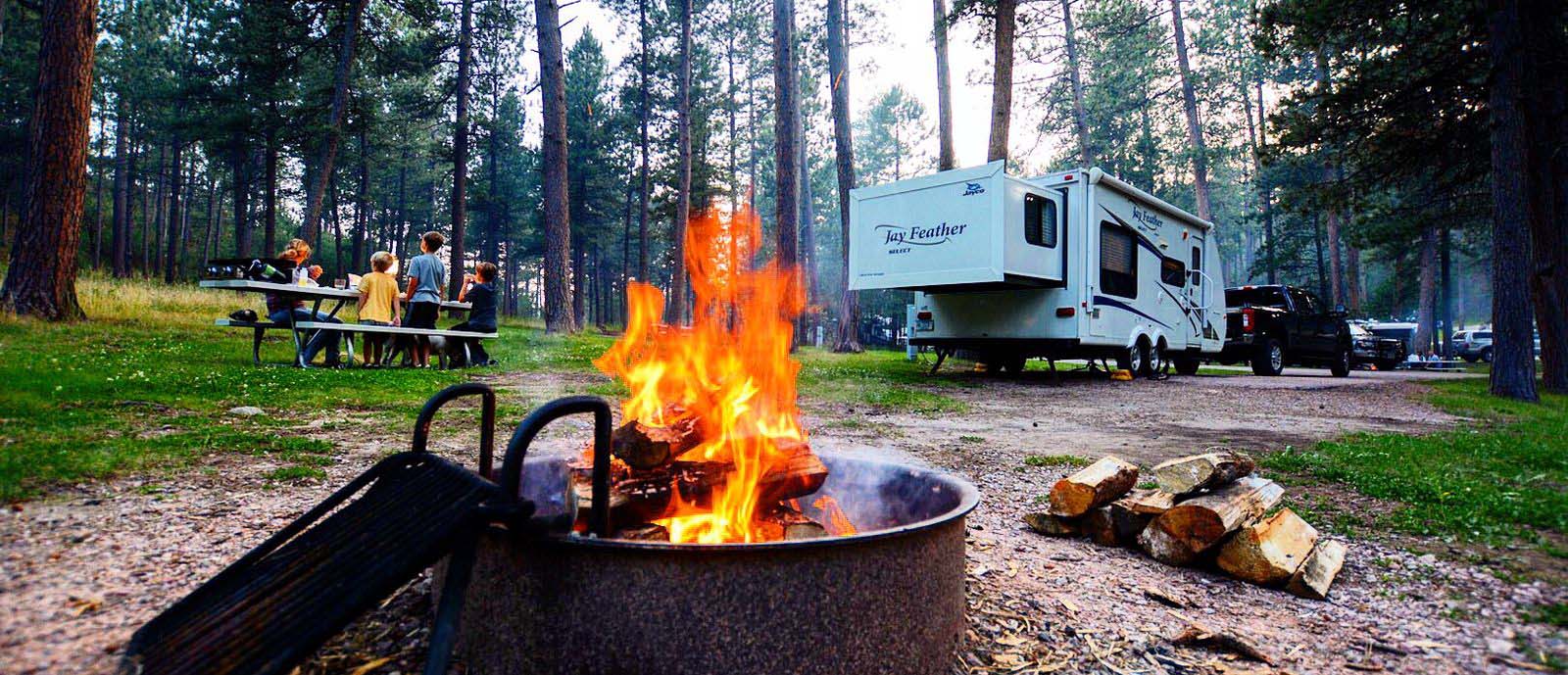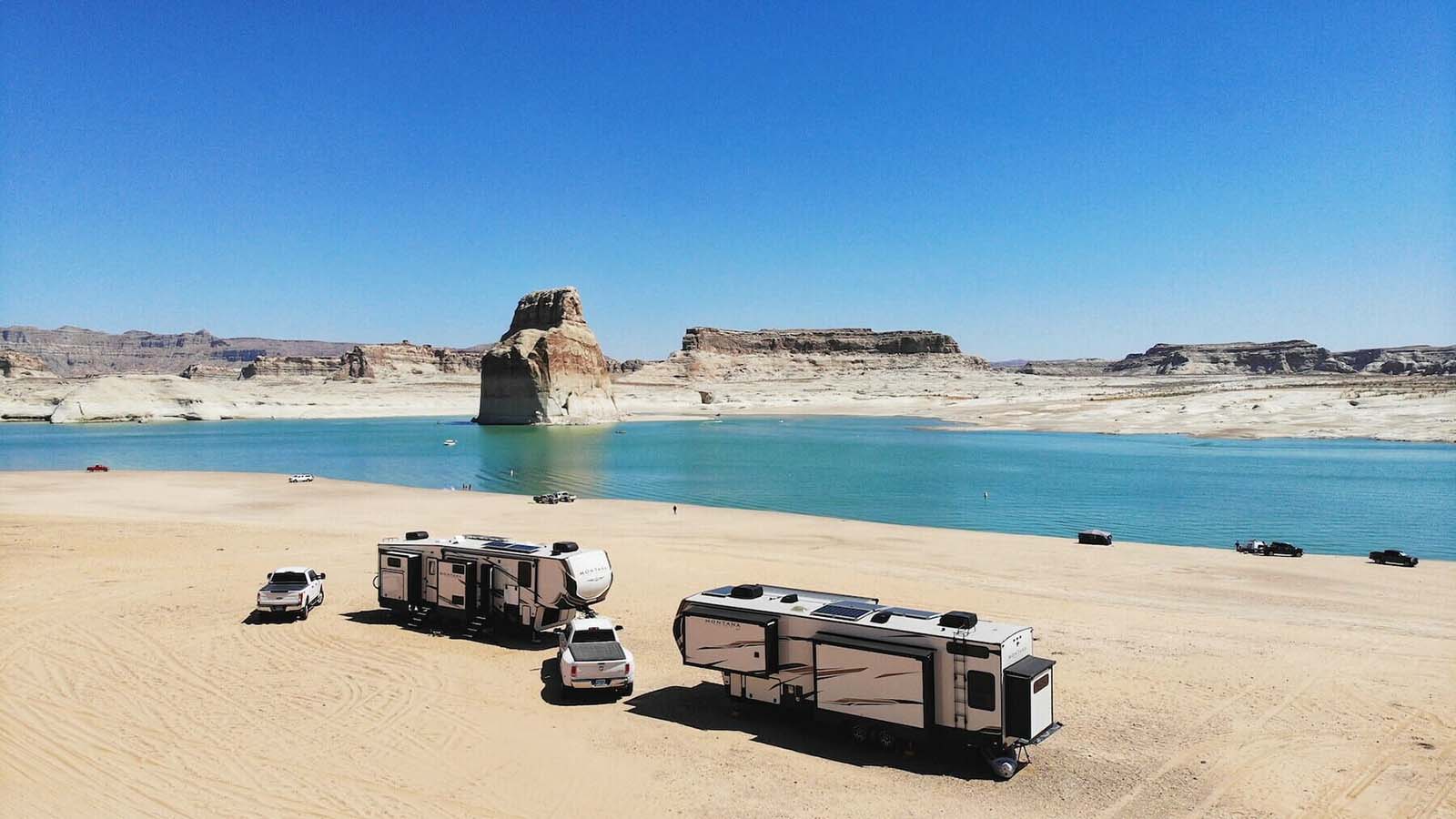How to Fill RV Batteries with Water

RV batteries play a crucial role in powering various appliances and systems in recreational vehicles. It is important to properly maintain these batteries to ensure optimal performance and extend their lifespan. One essential aspect of battery maintenance is the periodic watering of the cells. In this article, we will discuss the steps to fill RV batteries with water, ensuring that you follow safe practices for optimum battery health.
Ensuring Safety First
1.
Safety Precautions
Before starting the process, always prioritize safety. Put on protective gloves and goggles to protect your hands and eyes from any potential acid splashes. Additionally, ensure you are wearing appropriate clothing that covers your skin.
Preparing the Batteries
2.
Switch off the Power
Ensure all appliances and systems connected to the battery are switched off. Disconnect the battery from any power sources, including charging systems and inverters. This step is crucial to avoid any electrical shocks or malfunctions during the filling process.3.
Locating the Battery
Locate the battery compartment in your RV. In most cases, it is easily accessible, either under the driver’s seat or under the hood. Once you have located the battery compartment, remove the compartment cover or any other protective covering to access the battery cells.
Filling the Batteries
4.
Checking the Water Levels
Inspect the water level of each battery cell. Typically, the water level should be above the battery plates but below the cell cap lip. Ensure all cells are at a similar level. If any cell is significantly lower, it may indicate a potential problem and should be checked further.5.
Gaining Access to the Cells
Remove the cell caps using a flathead screwdriver or the tool provided by the battery manufacturer. Some batteries may have a venting system that requires twisting or turning the cap to unlock and remove it. Ensure you handle the caps carefully and do not damage them.6.
Adding Distilled Water
Using a battery watering system or a funnel, fill each cell with distilled water. Avoid using tap water or any other types of water as they may contain impurities that could harm the battery’s performance. Fill each cell until the water level is just below the cell cap lip.7.
Reinstalling the Cell Caps
Carefully place the cell caps back on the battery cells. Ensure they are tightly secured to prevent any leakage or evaporation of water. Take your time to properly align and fix each cap.Final Checks
8.
Cleaning any Spills
If any water spills occur during the filling process, ensure that you clean it immediately. Wipe the spillage with a cloth or paper towel and use a baking soda-water mixture to neutralize any acid. This will prevent any corrosion on the battery terminals or surrounding surfaces.9.
Verifying the Water Levels
After filling all the cells, double-check the water levels to make sure they are consistent and at the correct height. Add more distilled water if necessary to bring the levels up to the recommended mark.10.
Reconnecting the Battery
Once you have verified the water levels and cleaned any spills, securely reinstall the battery in the compartment. Reconnect any power sources or charging systems that were disconnected earlier. Ensure all connections are properly secured and the battery is in a stable position.By following these steps and practicing regular maintenance, you can keep your RV batteries in optimal condition. Remember to always prioritize safety and consult the battery manufacturer’s instructions for specific guidance on maintaining your RV batteries.

